Derr temple is known to be a miniature of Abu Simbel temple and other temples constructed under King Ramses II.
However, statues in the façade of the Great Temple of Abu Simbel are a bit different from those in the façade of Derr temple.
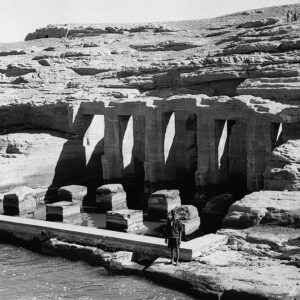
This temple was rescued from drowning in Lake Nasser. In this, it is similar to other monuments rescued from being submerged with water in the lake, including Nubian temples, such as the House of the Governor temple and Kalabsha temple.
Derr temple is yet an additional episode in the series of Ramses II temples in Nubia.
Drawings and inscriptions on the walls of this temple are similar to those present in the Governor’s House temple, depicting King Ramses II’s wars against the Nubians and his attacks on them.
Nonetheless, Derr temple is unique as far as its internal division and design are concerned.
It starts with the first Hall of Columns. This hall contains eight square columns. Inscribed on the walls of the hall is a number of idols, including Thoth, the god of the moon in the ancient Egyptian religion, Ptah, the patron of craftsmen and Sekhmet, the goddess of wars.
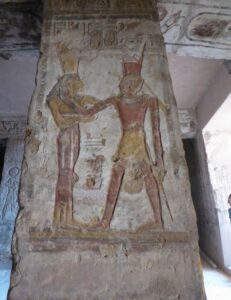
These idols are inscribed on the walls under holy tree that symbolises eternal life.
The Hall of Columns is followed by the Holy of Holies which contains four statues of Ramses II and the idols Ra Hor, Ptah and Amon-Ra.
Derr temple was carved into the rock. Its construction was commissioned by King Ramses II (circa 1279 – 1213 BC.M). The temple’s ancient Egyptian name was ‘Ramses the beloved of Amun in the House of Ra’.
The temple has many interesting features that are similar to those present in the most famous temples of Ramses II.
Some of the inscriptions on the walls of the temple depict some of the military campaigns staged by Ramses II.
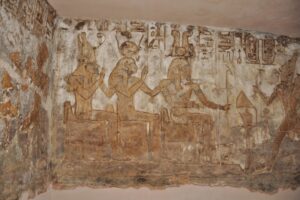
Nevertheless, most of the decorations on the walls of the temple show Ramses II accompanied by idols, performing the ritual of founding the temple.
The colours of the reliefs in the Hall of Columns are well preserved.
Derr temple was converted into a church. Its relocated started in 1964. The temple was moved to the other side of the river to save it from drowning in Nasser Lake.
The relocation was necessary, especially with the Egyptian government starting the construction of the High Dam, a gigantic hydroelectric that aimed to generate electricity for Egyptians and also protect Egypt from recurrent Nile flooding.
Derr temple is dedicated to the worship of Amun-Ra.

A visit to the temple can be memorable, especially with the area containing some other very important ancient landmarks.
Those visiting the temple from Cairo tell of unforgettable times, travelling to it on a Nile cruise ship.
On the way to Aswan, Nile cruise ships usually stop in a number of cities that overlook the Nile and offer their passengers outings into these cities, including tours in and around ancient sites.
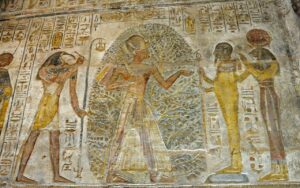
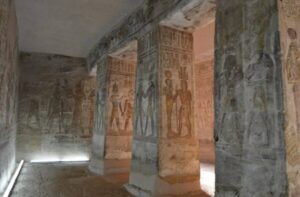



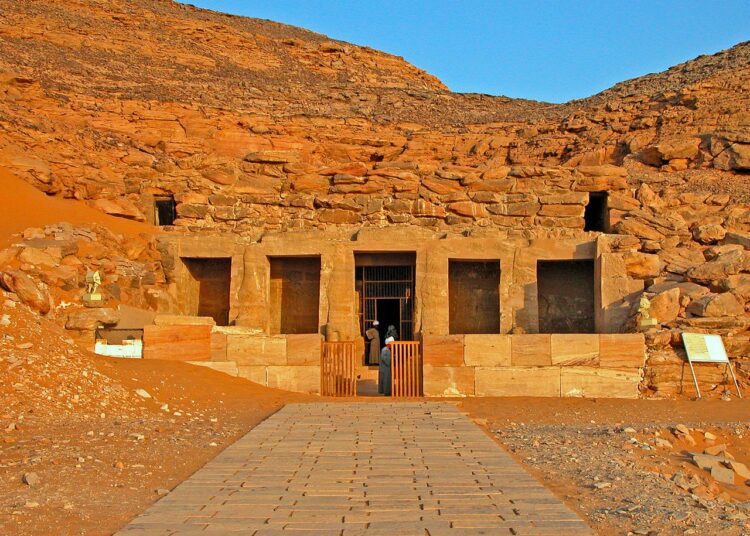


Discussion about this post